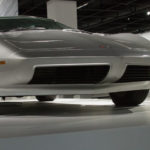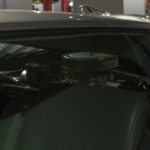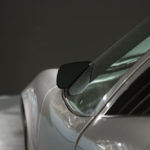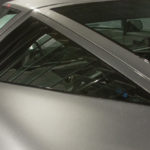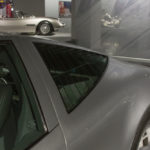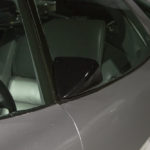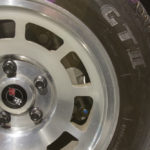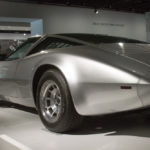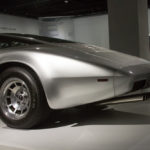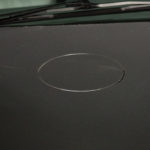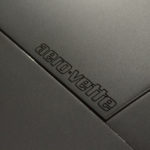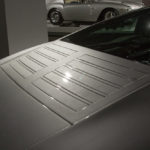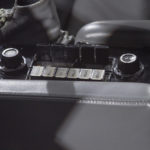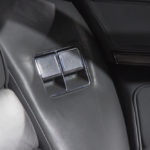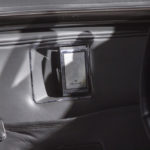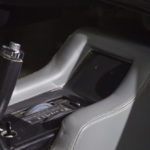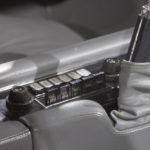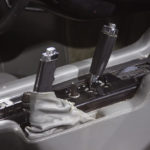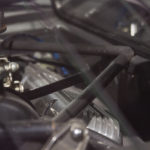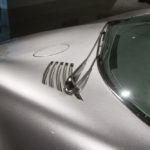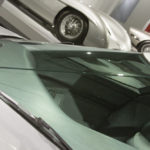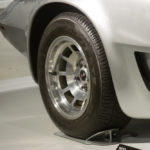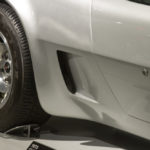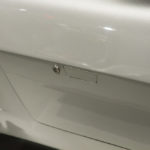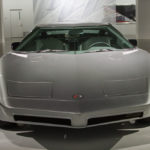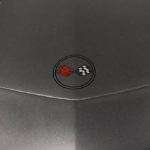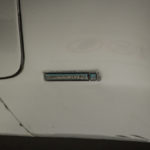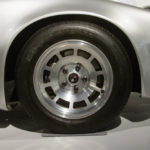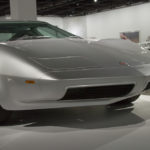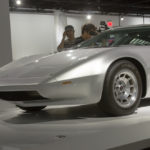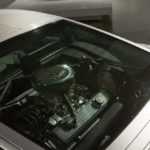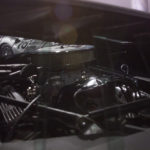Corvette Forum Gets Personal Time With the Aerovette

Corvette Forum Gets Personal Time With the Aerovette
Corvette Forum Gets Personal Time With the Aerovette
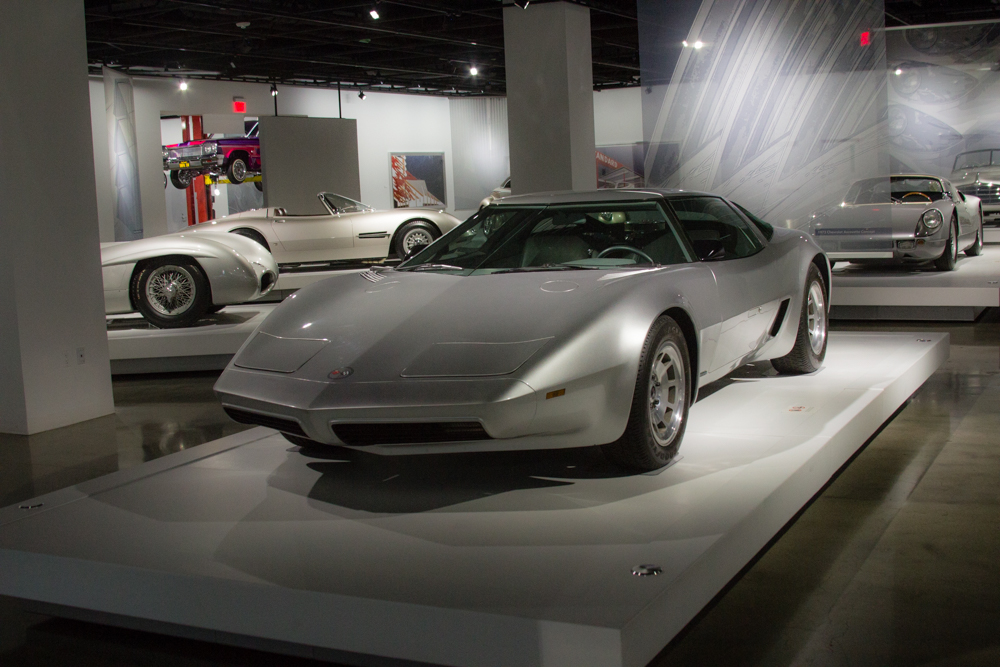
The Aerovette, Petersen Automotive Museum’s Show-Stopper, Provides Clues About the Upcoming Mid-Engine Corvette
Many rabid enthusiasts continue to hype the idea of the next Corvette being mid-engine. You can’t blame them for their hopefulness. Over the years there have been several GM concepts that have boosted the enthusiasm of the mid-engine Corvette idea. One of those cars is the Aerovette. Conceived by the father of the Corvette, Zora Arkus-Duntov, let’s take a closer look at this historical machine to see how its story could offer clues about the future of the Corvette brand.
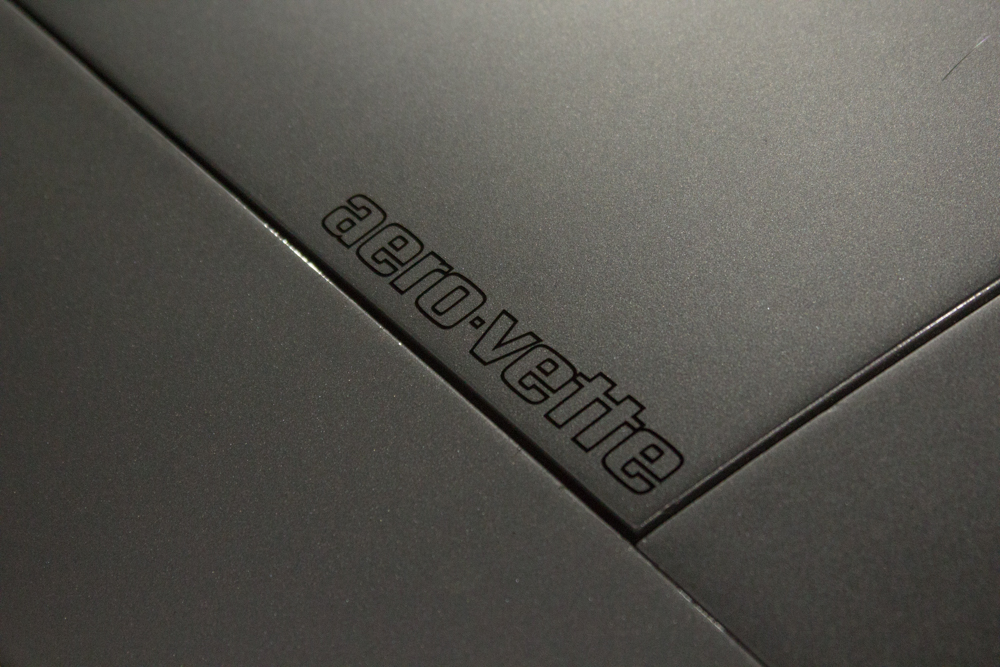
A Shaky Start
The Aerovette began life as Experimental Project 882 (XP-882), and was brought to life in the late 1960s by Arkus-Duntov. At first, John DeLorean canceled the idea in 1969 because of its impracticality and costs. That was until Ford announced they wanted to sell the DeTomaso Pantera. Suddenly, DeLorean revived the project for the 1970 New York Auto Show.
Considering DeLorean’s initial hesitation, it makes us wonder why he decided to develop the DeLorean DMC-12. That mid-engine exotic ended up becoming Delorean’s self-fulfilling prophecy when DMC went belly-up in 1982.
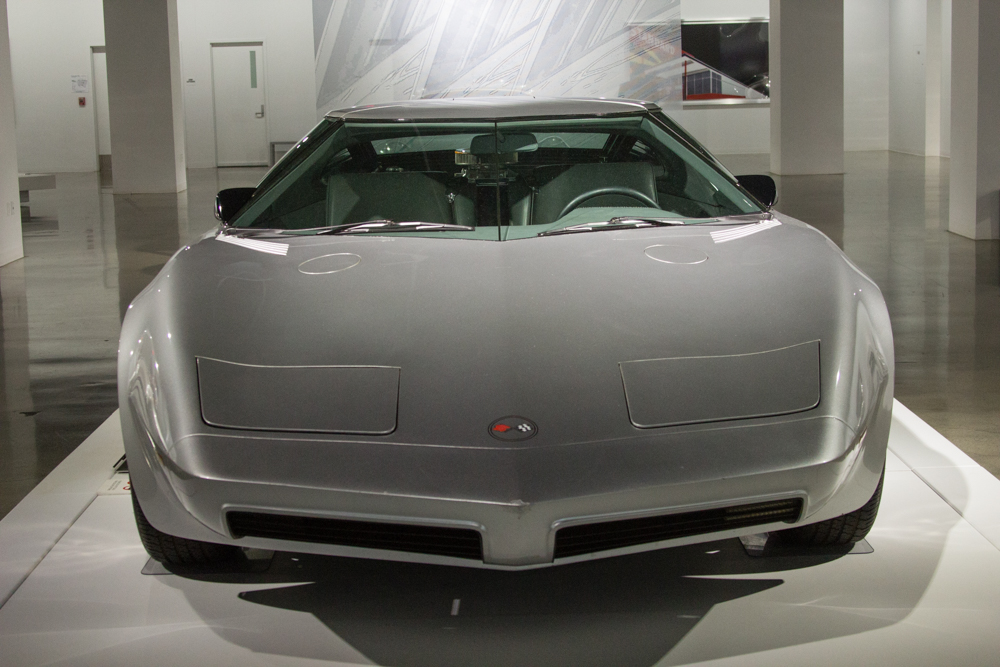
Getting it Moving
In 1972, the XP-882 was revised and reworked to become the XP-895. One version of the XP-895 even featured a body made of aluminum, and was dubbed the “Reynolds Aluminum Car.” Instead of a big V8, the the XP-895 used a four-rotor Wankel engine that was based on the Chevrolet Vega Rotary. That idea didn’t go far, though. If you ask any Mazda rotary car enthusiasts why, they can probably give you a good guess.
Don’t know a Mazda rotary car enthusiast? That doesn’t surprise us. Most Mazda rotary owners get fed up and replace the Wankel for an LS or Ford V8. Why? Apex seal failure, rotor-tip sealing issues and bad fuel economy. Oh, and hot-starting a flooded rotary is a big pain in the rear. But the XP-895 is further proof that Mazda wasn’t the only one with a four-rotor Wankel engine. More accurately, the Japanese automaker was the first to get a four-rotor Wankel into racing with the 13J-M in 1988 for the 767 Group C racecar.
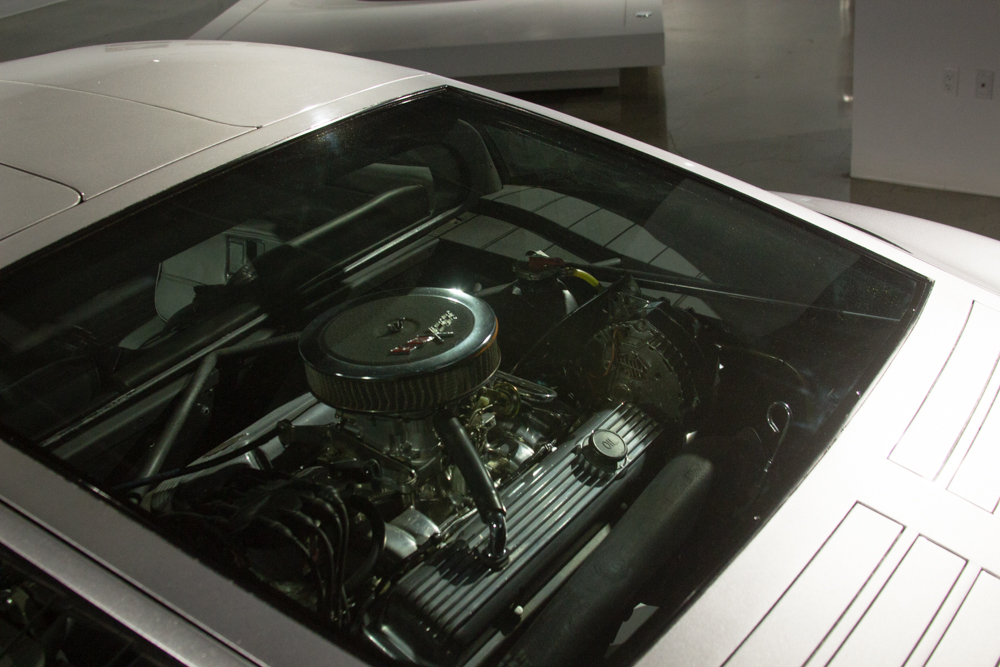
A Star Is Born
In 1976, the four-rotor engine was replaced. This time the car was built with a transverse-mounted 400-cubic-inch V8. Unlike the cultist Pontiac Fiero with an LS-swap, however, this small block nestled into the Aerovette without the need for cutting the frame like a five-year-old hacking at butter with a plastic knife.
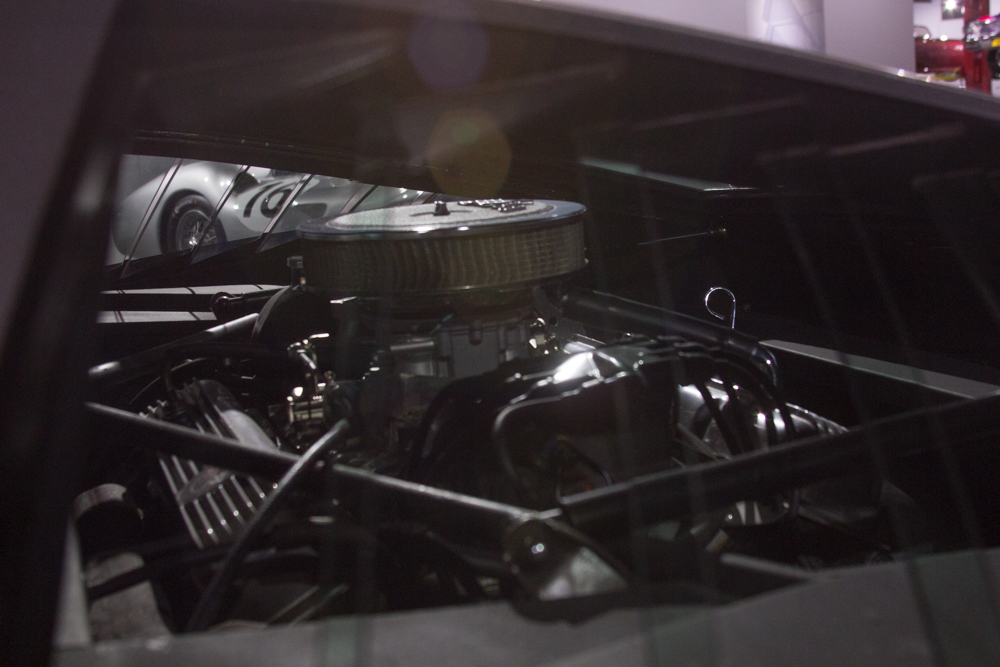
The car also came with the name we recognize today: Aerovette. Slated for production in 1980, the Aerovette is a major reason why we have the mid-engine Corvette cultists today. It even featured gullwing doors. The production version would have had a Chevrolet 350ci V8 instead of the 400, and would have been priced from $15,000 to $18,000.
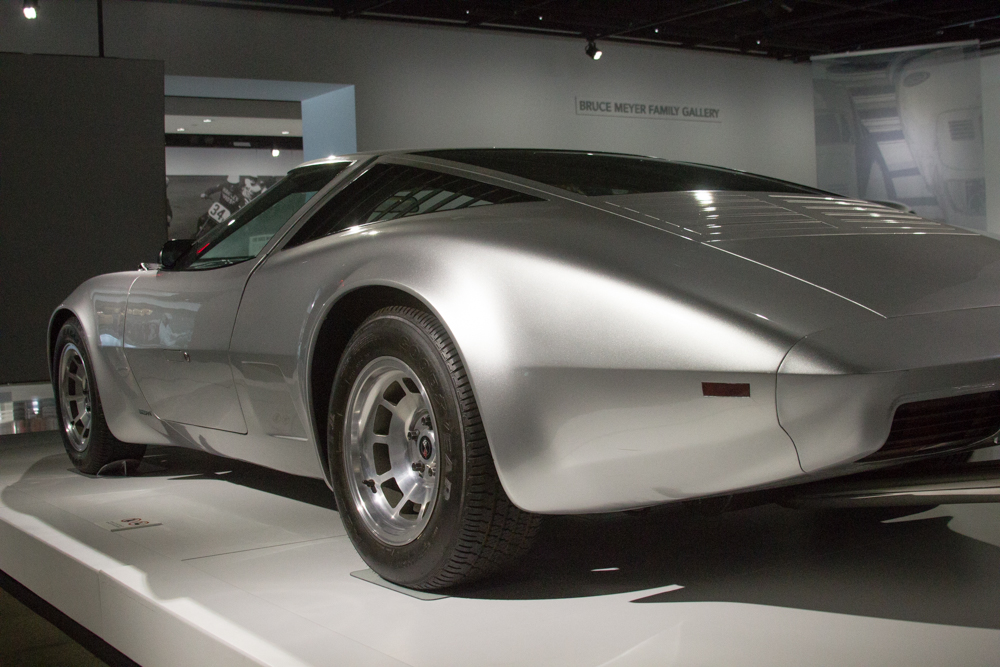
Catch a Falling Star
Unfortunately, Arkus-Duntov, Bill Mitchell and Ed Cole — all supporters of the production Aerovette — had all retired from GM by the late 1970s. Officially, GM stated poor sales of mid-engine cars like the Toyota MR2 and the Acura NSX doomed the Aerovette’s fate. If you read that with a grain of salt like we did reporting it, we don’t blame you.
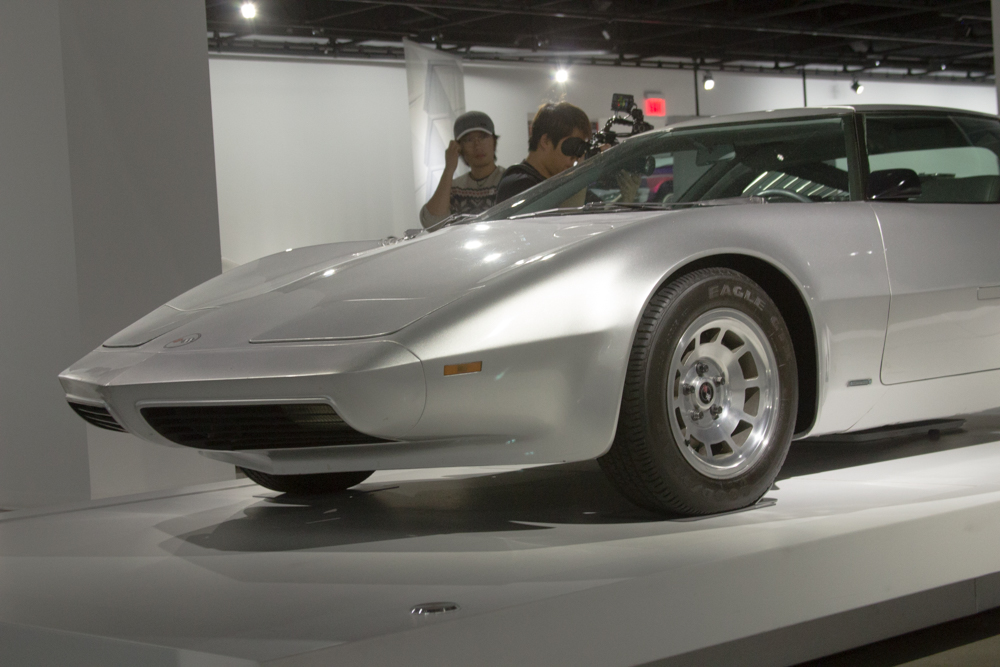
So, what actually doomed the Aerovette? Well, look at it. It’s just wasn’t Malaise-looking enough. It looked too good, too aerodynamic, too futuristic and probably wasn’t going to have a V8 detuned enough to be a proper car of the era. Hell, it probably would have gotten good gas mileage while being a capable performer.
You couldn’t have that in the early ’80s. That wouldn’t sell at all. (Oh, we’re not bitter.)
Then 1984 arrived, and fuel-injection became practical on an OEM level. Suddenly, power and performance with good fuel economy and better emissions looked possible. Even now, those left of the old guard at GM still tout the idea that Americans are disinterested in proper, European-style performance cars with power and economy to boot.
However, cars like the Ford Mustang and the C7 Corvette demonstrate the old guard is wrong. Thankfully, those guys are retiring or are taking less influential positions at GM.
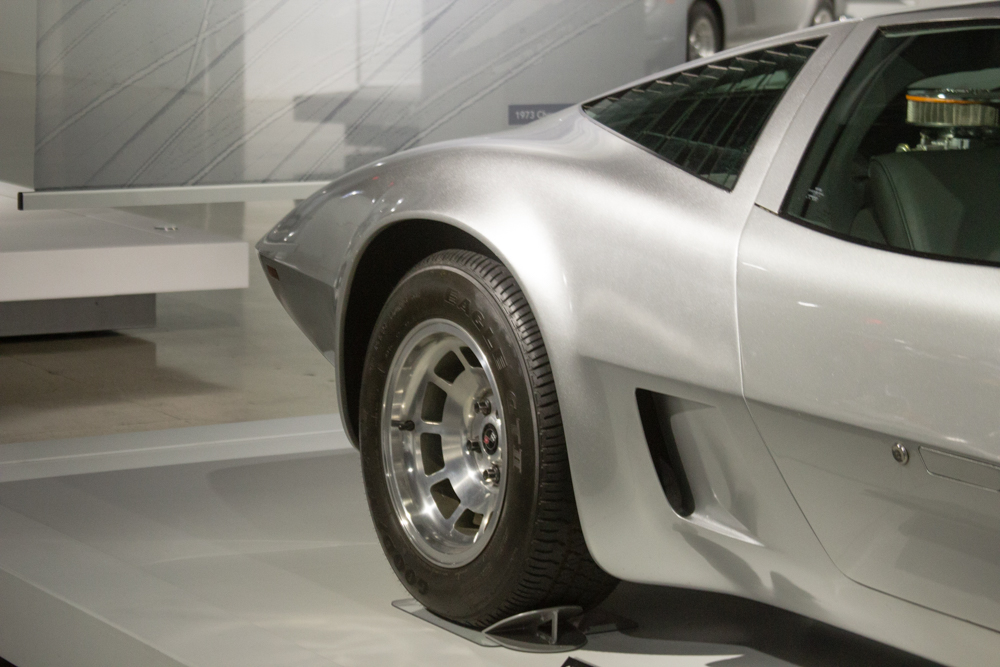
Using Historical Clues to See Into the Future
Will we ever see a real, mid-engine Corvette? Will the C8 really become the true supercar-killer, and a real American mid-engine performance car for the masses? Will the dreams of Arkus-Duntov become reality? Will we finally have the Aerovette we were promised in 1980?
We’ll have to wait and see by either the New York International Auto Show in April, or the 2018 Detroit Auto Show. However, if those spy shots we keep seeing are any indication, the C8 may be our best chance of an Aerovette yet.
CHECK OUT: What Forum Members Are Saying About This Possible C8 Precursor
#gallery-1 {
margin: auto;
}
#gallery-1 .gallery-item {
float: left;
margin-top: 10px;
text-align: center;
width: 14%;
}
#gallery-1 img {
border: 2px solid #cfcfcf;
}
#gallery-1 .gallery-caption {
margin-left: 0;
}
/* see gallery_shortcode() in wp-includes/media.php */


